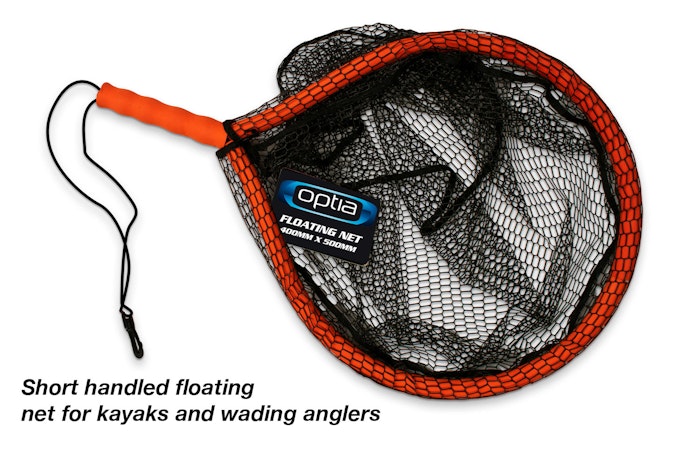Flathead Fishing Guide: Where, How, and Essential Gear
Where to Catch Flathead?
- Flathead are found throughout Australia, with variations in species based on region.
- They typically lay on the bottom and wait for baitfish, especially near rocky or weedy areas.
- Look for sandy patches between weed beds—these act as baitfish "highways" where flathead will hunt.
- Rock walls leading down to sand, channels, and drop-offs near sand flats are ideal spots.
- Low tide reveals "flathead lies" in the sand, indicating areas to cast when the tide returns.
- Note: Legal sizes and bag limits vary by state. Check with your state’s Department of Primary Industries or local Tackle World for current regulations.
Best Gear for Catching Flathead
- Use polarized sunglasses (e.g., Spotters) to see sand paths and weed beds clearly.
- Have your landing net, lip grip, or gloves ready for landing fish smoothly.
- Adjust lure or bait weight to stay close to the bottom if it's not connecting.
- Inspect your line after each catch; flathead have rasping teeth that can damage leaders.

How to Catch Flathead
Soft Plastic, Flathead Lures & Bait Fishing Techniques
- Ensure your lure or bait is on the bottom where flathead live.
- Cast up-current and bring the lure back down with the current to avoid spooking fish.
- Use a "hopping" motion when fishing with soft plastics, allowing the lure to fall naturally between lifts.
- Try slow presentations when fish activity is low, or faster movements to cover ground quickly.
- Keep the rod tip down while reeling in a hooked flathead, as they may spit out the hook.
Recommended Bait and Lures
- Live bait: Try live prawns, bass yabbies, and small baitfish.
- Soft plastics: Prawn imitations work well, with natural colors for clear water and bright colors for murky conditions.
- Bibbed minnows and sinking lures are also effective, particularly when worked close to the bottom.

Flathead Handling Tips
- Be cautious of the spines on the back of their gill rakers; use lip grips and a landing net for safe handling.
- Support the fish with wet hands to protect its slime coating and ensure safe release.
- For land-based anglers, lip grips are useful, but never lift the fish by the jaw alone; always support its belly.

Gear Recommendations
- Light spinning rods (2-5kg) with reel sizes 2000-3000 and 6-10lb braided line with a 10-16lb fluorocarbon leader are ideal.
- For larger flathead or deeper waters, use a medium/heavy 5-10kg rod with reel sizes in the 4000-5000 range.

Flathead Fish Facts
- Dusky flathead males and females have different growth rates and don’t change sex as they age, unlike barramundi.
- Female flatheads can carry up to 3.9 million eggs, emphasizing the importance of catch-and-release practices.
- Dusky flathead can grow up to 1.3m in length.
For more detailed information, check out the Queensland Department of Primary Industries.
Learn More
For additional tips and demonstrations, watch the Flathead Seminars on Tackle World Gold Coast’s YouTube channel.





